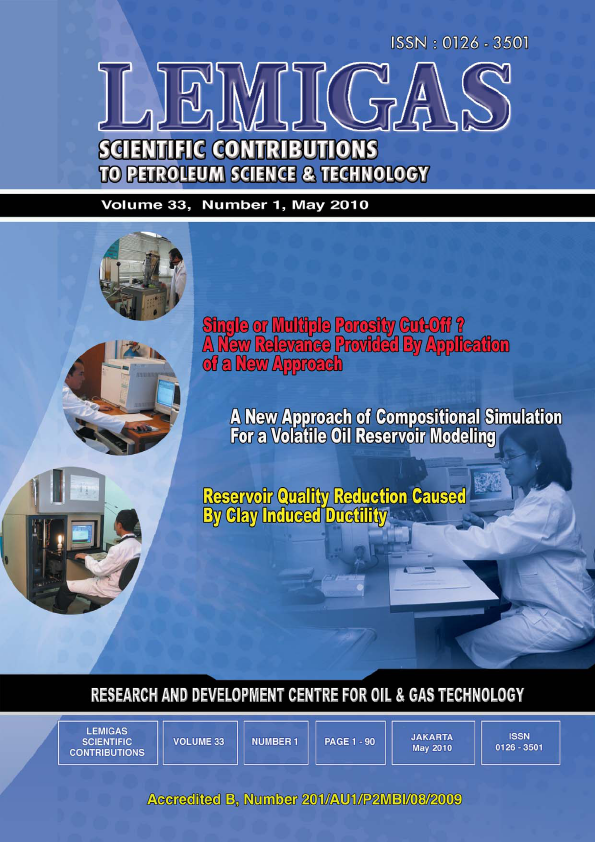Single or Multiple Porosity Cut Off A New Relevance Provided By Application of A New Approach
DOI:
https://doi.org/10.29017/SCOG.33.1.643Keywords:
Porosity cut-off, heterogeneous reservoir, multiple porosity cut-off values, new method for porosity cut-off determination.Abstract
Porosity cut-off is one of the most important parameter normally used to differentiate
between reservoir and non-reservoir rocks. Quantity of the parameter certainly dictates
reservoir volumes, hence directly influences economics and commerciality of a given oil/
gas field. An ever critical issue in relation to this parameter is whether the use of porosity
cut-off has to be established through a single or multiple values especially for heterogeneous
formation rocks. This certainly may lead to different reservoir sizes along with the
technical and economical consequences. The study presented in this article is meant to further
investigate this question. The thrust of this study lies on the application of a newly
proposed method for determining porosity cut-off. It is put that with this new and reliable
method – compared to the traditionally used method – a more conclusive answer can be
achieved. For the purpose, a heterogeneous limestone reservoir in West Java – Indonesia
is used. Evaluation, analysis, and application of the new method on data from the field’s
eight wells have shown that multiple porosity cut-off values are needed for better definitions
of reservoirs. Application of a single value for these reservoirs can still be regarded
as unrepresentative. The fact underlines that – despite the new approach’s reliability –
heterogeneity governs more over the use of either single or multiple cut-off values rather
than limitations of method. The study also proves that the new method for determining
porosity cut-off works well for highly heterogeneous reservoir rocks.


